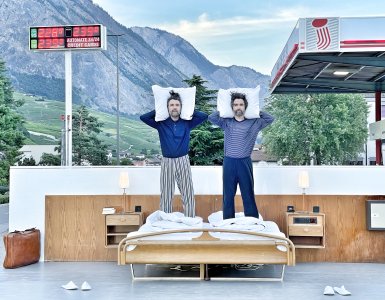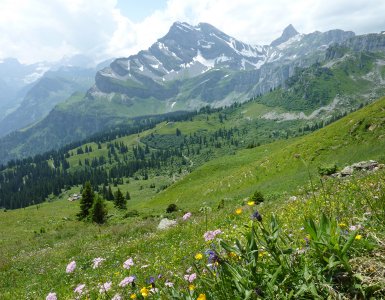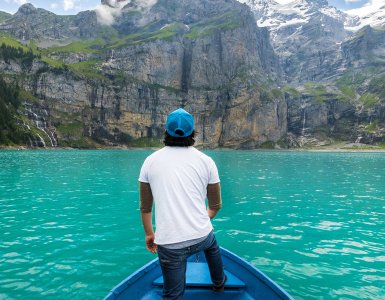When planning your Swiss summer 2025 trip, timing is not a minor detail. It is one of the most effective ways to enjoy popular destinations while avoiding queues, crowded viewpoints, and busy transport routes.
This guide is all about the best time to visit Switzerland’s popular spots so you can get the most out of your trip without feeling stuck in a crowd.
Most travelers move in predictable patterns. Trains get busy around 10:00 AM. Cable car lines start building by 9:30 AM. Lakeside villages fill up by lunchtime. By knowing how and when these peaks happen, you can travel smarter.
In this article, I’ll walk you through real timing strategies that locals use – ones that let you experience the same famous places with far fewer people around.
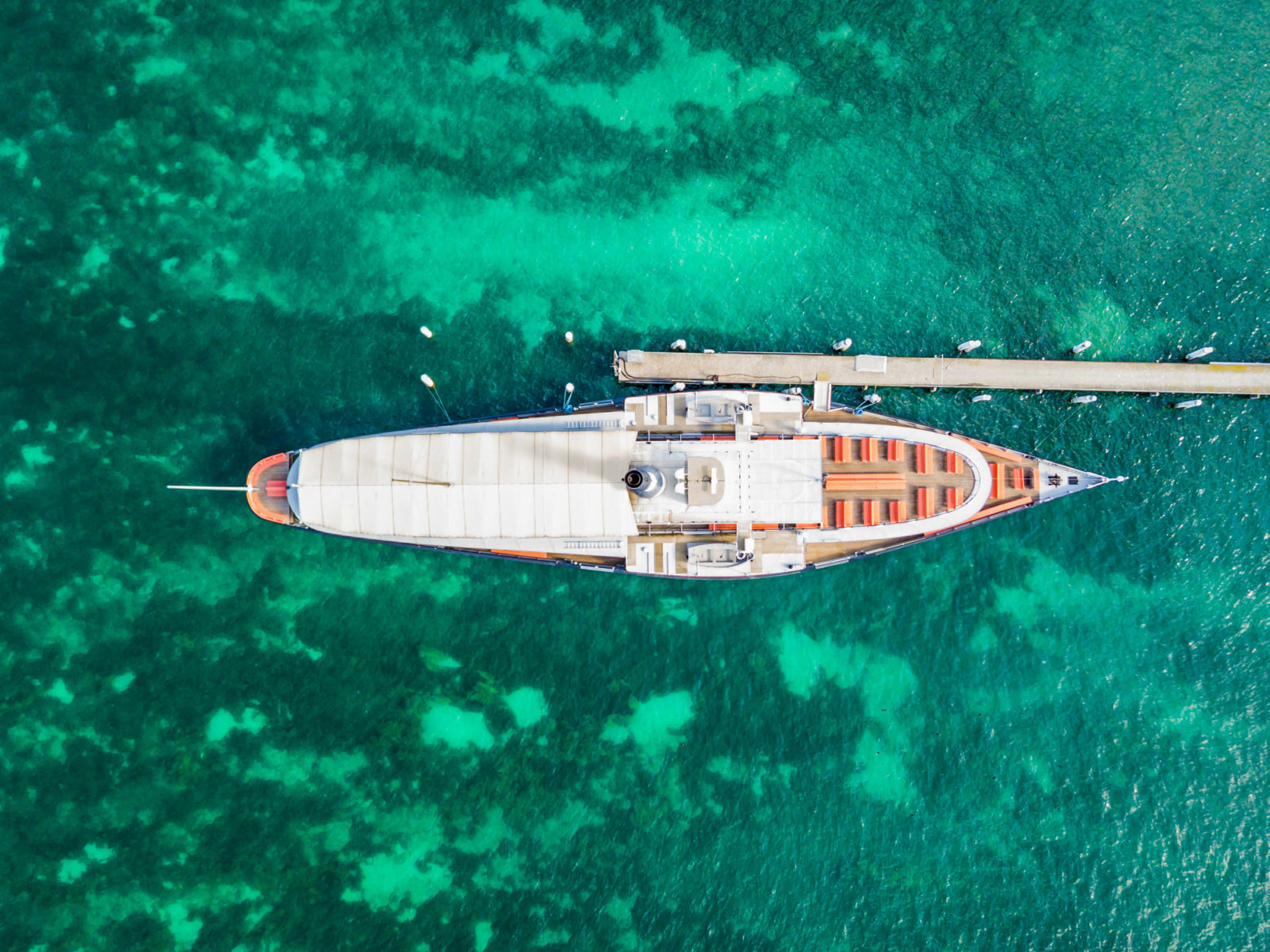
Best Time of Day to Visit Switzerland’s Popular Spots
If you remember one thing from this article, make it this: start early. Being on the first gondola or train of the day changes everything. Not only do you avoid the big crowds, but the light is better, the air is fresher, and you’ll often have the place to yourself for a short window before the rush arrives.
Best time of day Jungfraujoch: Aim for the first train from either Wengen or Grindelwald. These usually depart around 7:00 to 7:30 AM, depending on the schedule. Crowds start arriving by 10:00 AM. But if you’re up there by 8:30 AM, you can enjoy the views and Ice Palace in relative calm before it gets noisy and packed.
Best time to visit Zermatt crowds: If you want to go up to the Gornergrat or the Glacier Paradise, get on the first lift up. These spots get very busy with tour groups and day trippers after 9:30 AM. Early morning is cooler, less chaotic, and often clearer.
When to visit Oeschinensee crowds: The lake is stunning, but the access is limited. Either hike up before 8:00 AM or take the very first cable car up and head straight to the water. Later in the day, especially from 10:30 AM onward, the trails and lakeside areas become much more congested.
These early windows are not just peaceful – they help you avoid waiting in line, missing connections, or standing on packed platforms. It’s also a safer and more comfortable time to be hiking in summer temperatures.
Late Afternoon Visits to Avoid Peak Crowds in Switzerland
If early mornings aren’t realistic for you, consider late afternoons. After 3:30 or 4:00 PM, many visitors are already heading back to their hotels. The light gets softer, the queues fade, and the atmosphere shifts again toward quiet. This is a good time to walk around lakeside towns, explore village centers, or even take a final lift up if the weather holds.
It also makes sense for spots like Mount Pilatus or Schilthorn, where last lifts are usually after 5:00 PM. You won’t be alone, but you’ll avoid the full midday crowd. Check the return lift times and weather forecast before making this plan.
Weekdays or Weekends? Best Days to Visit Swiss Sights
Switzerland summer weekends bring more than international tourists. Swiss residents also take advantage of the good weather, especially for local excursions. Saturdays and Sundays are the busiest days for cable cars, scenic trains, and lake boats.
If possible, save your visit to high-traffic areas for Tuesday through Thursday. You’ll still see people, but the density is noticeably lower.
For example:
- Best time to visit Switzerland July: Avoid weekends entirely. Aim for the first two weeks of the month, before the peak holiday weeks begin.
- Best time to visit Switzerland August: After August 15, crowds begin to thin slightly. Early August is very busy due to Swiss National Day and overlapping holidays.
- Best time to visit Switzerland September (early): A fantastic choice. School holidays are ending, the weather is still pleasant, and trails are quieter. A good option for those looking to avoid Switzerland peak season crowds.
How to Structure Your Day to Avoid Crowds in Switzerland
Planning two anchor points per day – one early, one late – allows you to travel during the quieter shoulder hours. Hike early, relax at lunch, then take a boat or explore a town in the afternoon. Avoid the midday crisscross that most tourists are doing.
For instance, start with a hike from Männlichen to Kleine Scheidegg early in the day. Return to your base by lunchtime. In the late afternoon, explore Lauterbrunnen’s waterfalls or hop on the boat at Lake Brienz for a quiet ride with warm evening light.
Another option: Begin with the first lift up to Mount Rigi for a morning hike and panoramic views before the crowds arrive. Head back down before noon and take a long lunch in Weggis or Vitznau. Later in the day, enjoy a quieter stroll along the lake promenade in Lucerne or catch one of the less-busy evening lake cruises departing after 5:00 PM.
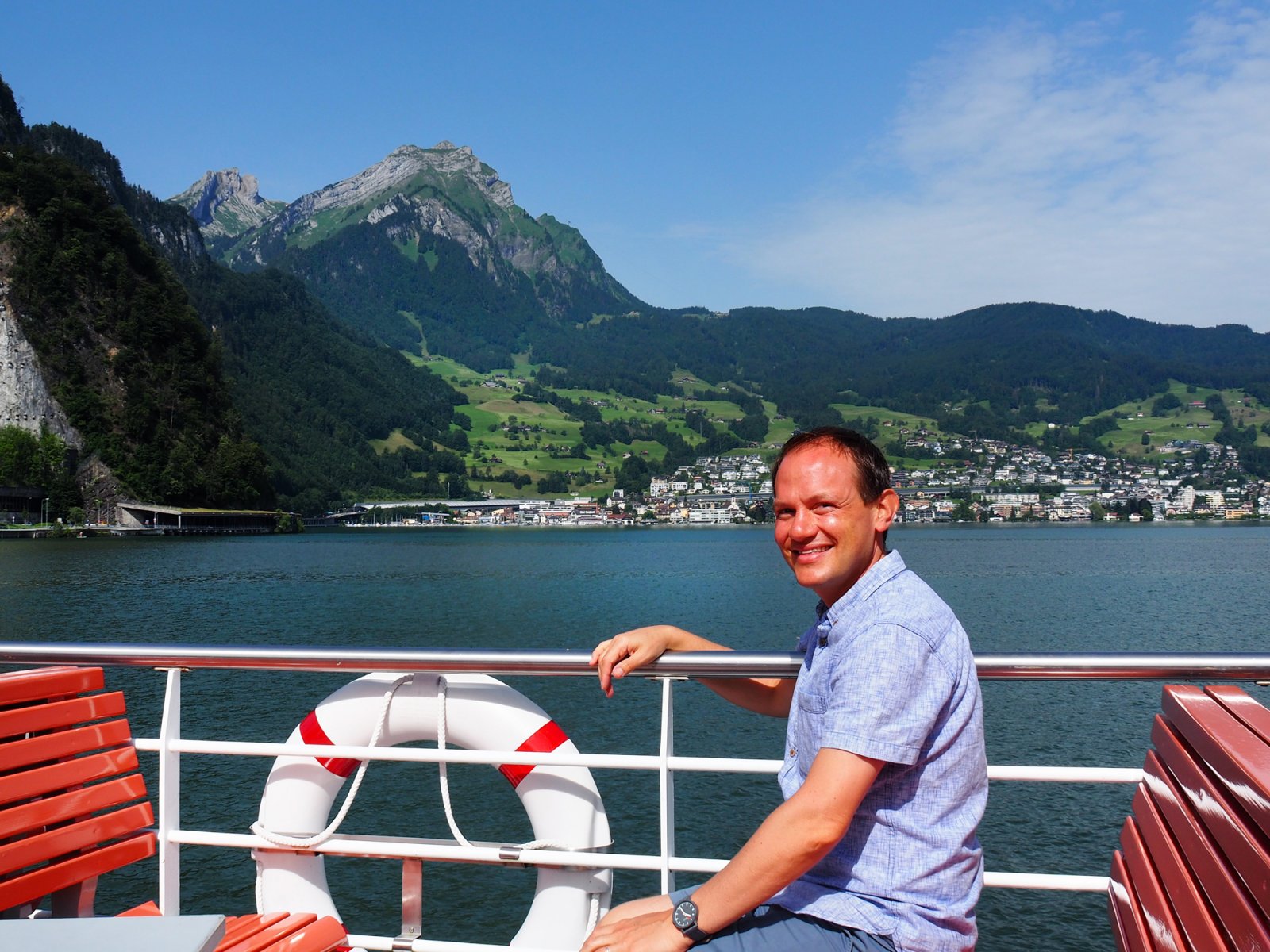
Combine Timing and Destination to Avoid Crowds
Good timing is powerful on its own, but choosing the right location at the right time is where you’ll really notice the difference. Arriving early at a less-trafficked destination gives you the best chance at a peaceful, uninterrupted experience. It’s not just about being early – it’s about being early in the right place.
Take the Aletsch Arena, for example. Getting there by 8:00 AM means you’re ahead of nearly everyone, and you’ll have expansive glacier views with minimal foot traffic. Compare that to arriving at Pilatus at noon, when tour groups and day-trippers fill the platforms and restaurants. The contrast is significant.
To find the least crowded times in the Swiss Alps, aim for early mornings or late afternoons, midweek (Tuesday through Thursday), and steer clear of national holiday weekends. Choose areas with multiple access points or lesser-known routes. This reduces bottlenecks and gives you flexibility if a spot looks busy when you arrive.
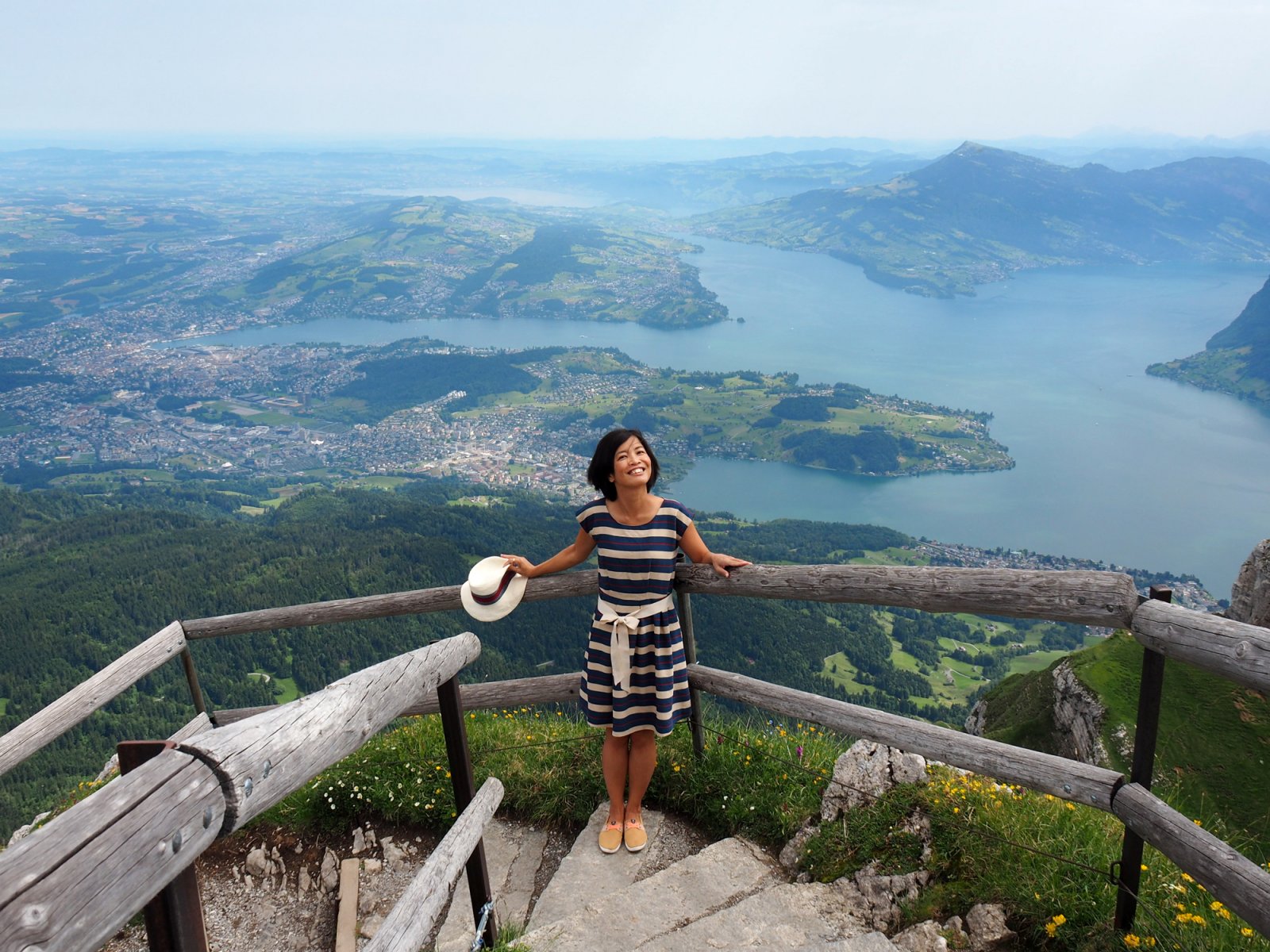
Swiss Insider Timing Tips for Avoiding Crowds
- Check sunrise times: During the middle of summer, sunrise is before 6:00 AM. Take advantage of long daylight hours to shift your entire day earlier.
- Use the SBB app: Train occupancy is color coded. Green means light. Yellow is moderate. Red means you’ll probably be standing. Plan accordingly.
- Lunch matters: Cafés at mountain stations get slammed between 11:45 AM and 1:30 PM. Eat early or picnic elsewhere.
- First and last lift logic: If you’re staying nearby, book your lift ticket for the first or last departure. Avoid the 10:00 AM to 2:00 PM rush.
Plan Your Summer 2025 Vacation Around Peak Flow
If you have a 5 to 10-day itinerary, plan ahead for the best time to visit Switzerland’s most popular spots and combine them with slower, quieter destinations. Based on my own experience, here’s how this could look like:
- Monday: Train to Zermatt, explore village, early night
- Tuesday: First lift to Gornergrat, early hike, second night in Zermatt
- Wednesday: Transfer to Bernese Oberland, evening boat ride on Lake Thun or Lake Brienz, overnight stay
- Thursday: Hike around Mürren, visit Mount Schilthorn, second night in Bernese Oberland
- Friday: Hike to Gelmersee or to the Trift Suspension Bridge instead of visiting Oeschinensee
- Saturday: Market day in a small town such as Thun, avoid mountain lifts, transfer to Lucerne, overnight stay just outside the city in a place like Hermitage Lake Lucerne
- Sunday: Early exploration of Lucerne before the crowds arrive
If you're using the Swiss Travel Pass, it can also simplify moving between regions. Since it covers nearly all public transport, you can stay spontaneous. Think switching to an earlier or later train if crowds look heavy, without extra cost or stress. Or in the case of bad weather, you could visit one of the many included museums.
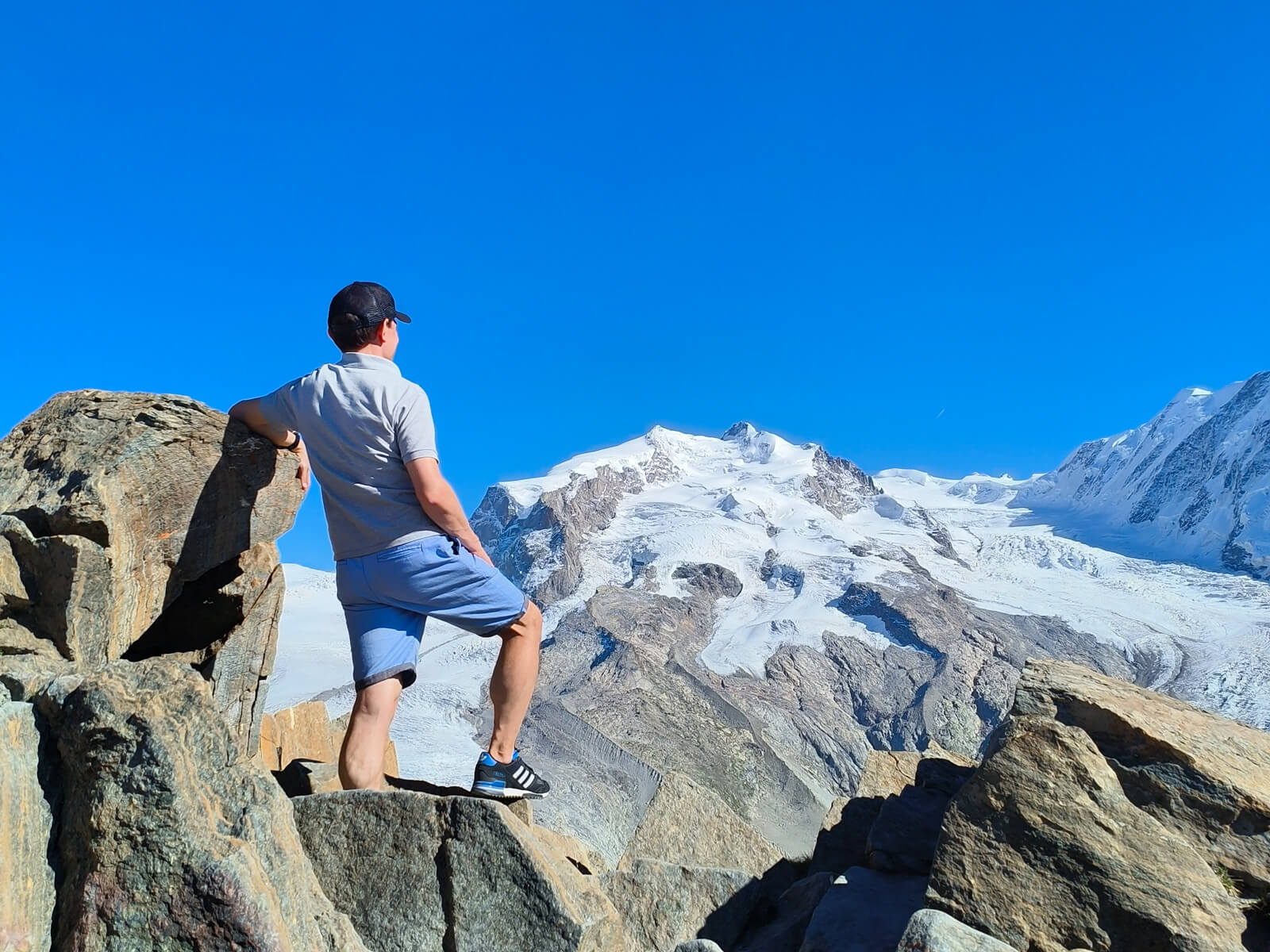
Explore These Guides to Combine Strategies
Timing is a key strategy, but it works best when paired with location and planning. Check out these posts:
- How to Beat Swiss Summer Crowds (2025 Guide)
- How to Avoid the Busiest Places in Switzerland (2025)
- Learn Switzerland Summer Planning Hacks from Locals (2025)
FAQ: Best Time to Visit Switzerland's Popular Spots
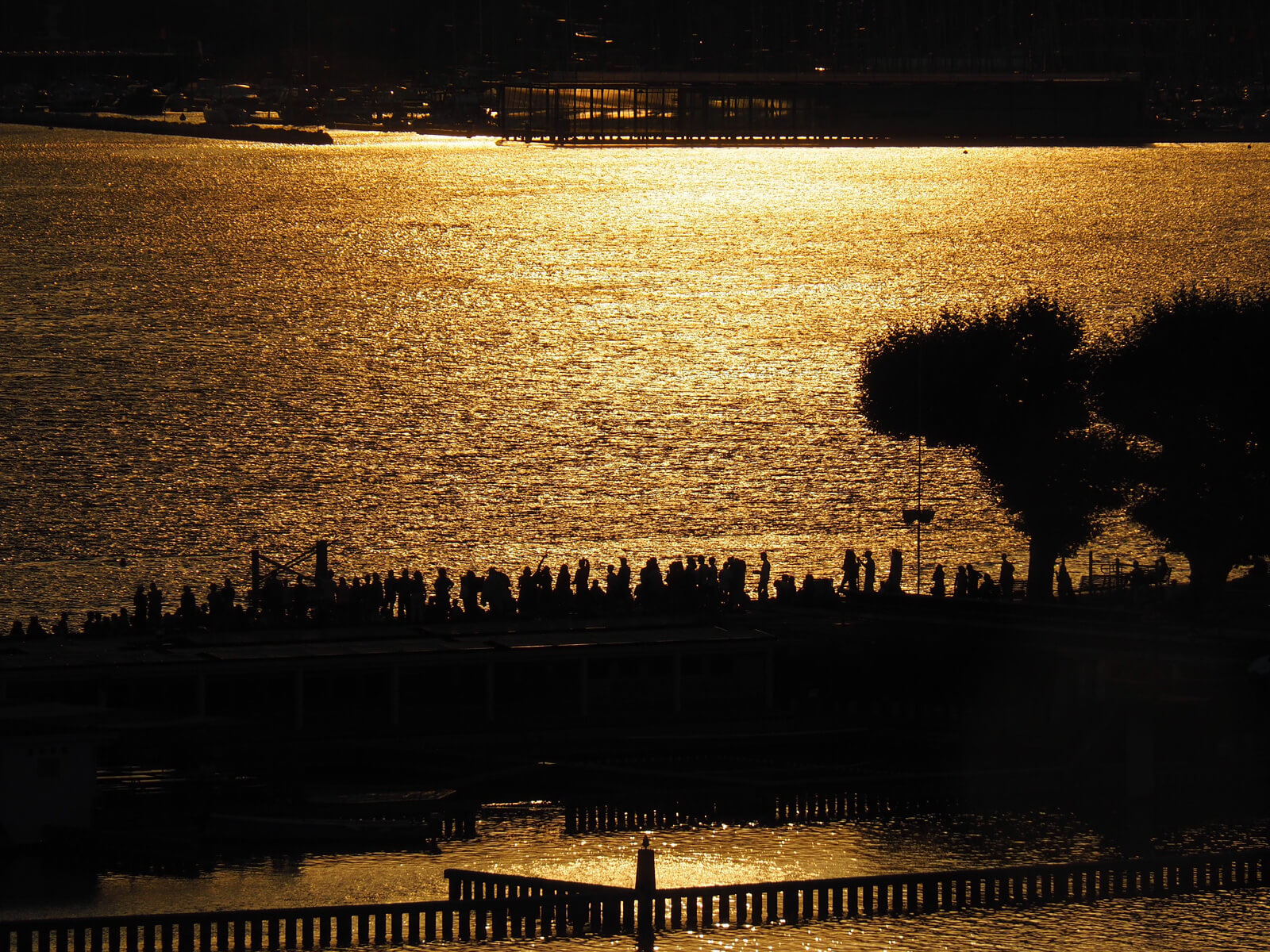
Lake Geneva at Sunset

